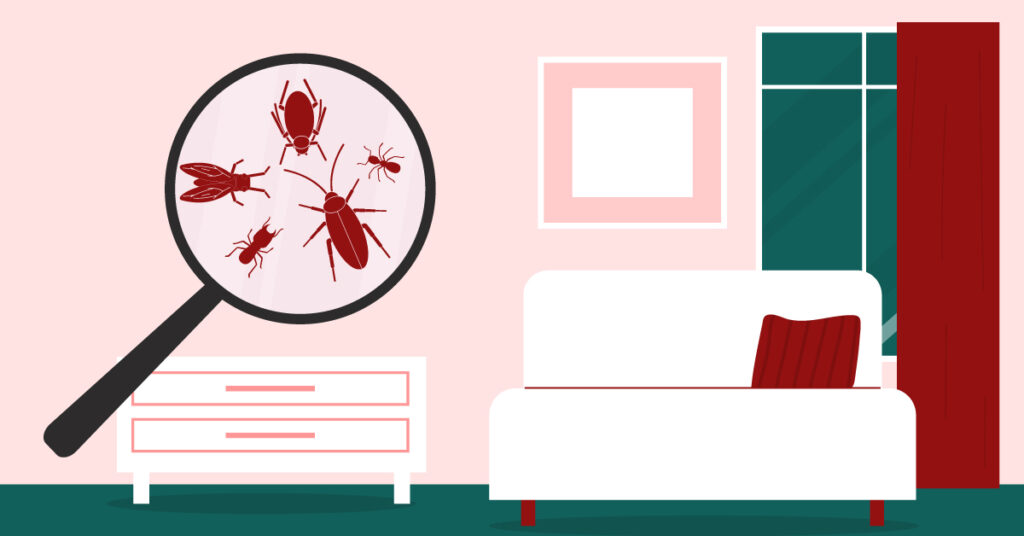When you want to reduce your energy usage and stay comfortable this year, there are 12 effective options available that don’t take too much time. In particular, incentives to upgrade your equipment can lead to savings in energy efficiency for years to come! Add simpler, practical improvements like ceiling fans and ductwork sealing while you plan.
Thermostats and Zoned Systems
Many families turn down their thermostat in winter and up in summer to reduce the energy their HVAC system consumes. They may also try simple methods, such as closing room doors, to reduce energy use throughout the home. More effective methods include zone-based HVAC systems. Look for technologies that automate your habits.
1. Fewer flames, less compressor
Adjusting your home’s thermostat or flipping a switch to put the heating or cooling equipment on hold to reduce energy use is a brute-force method. Plenty of technology is available to manage energy use dynamically instead. Zone systems with multiple thermostats can temporarily relieve the area they cover, which is a great alternative.
2. Zoned systems
Using a collection of ductwork dampers or similar restrictions along with multiple thermostats, a zone system is a simple way of managing your comfort and directing energy use to where it’s needed. A more advanced system would use multiple air handling systems.
3. Smart thermostats
From adjusting HVAC operation to raise and lower your home’s temperature according to plan, to smart thermostats that adjust and anticipate your family’s comfort needs, this is a basic yet effective technology. Integrated with smart home technology, you can reduce energy usage considerably and achieve amazingly strategic operations.
Capital Investments To Reduce Annual Energy Costs

Since 2023, HVAC systems produced are required to meet more stringent efficiency standards, and now offer additional advanced technologies for convenience and comfort. Many homeowners are investing in upgrades before their existing equipment tires, because of the efficiency advantages. Capital costs now result in lower energy costs for up to several decades.
4. Keeping your home well-sealed
With the ability to manage temperature, humidity, and air quality in your home using a modern HVAC system, installing more energy-efficient windows, wall insulation, and even doors, including your garage door,r can provide significant savings.
5. Ductless supplemental comfort systems
If you’re tempted to just run a window AC in your home office or otherwise focus on limited areas for heating and cooling, this is an energy-efficient option. If you’re considering upgrading your central systems, ductless can also reduce the burden.
6. Insulation upgrades
If a scan of your home reveals areas where you have “leaks” of heating and cooling to the outside, investing in better insulation can help.
Reducing Losses Of Energy From Outdated Equipment And Technologies
If you’ve noticed signs of energy loss through walls, windows, and doors, you’ll likely see an increase in your savings as your decrease in energy loss through insulation takes effect. But the inefficiency of your HVAC equipment also produces losses.
7. Check updated equipment’s SEER2 and AFUE ratings
It’s impressive to see the efficiency that new equipment offers. Older furnaces can offer efficiencies in the 50 percent range, while new technologies can raise the latest models to the 90s, with 80s as the required minimum these days. The math and savings look good!
8. Water heater technologies
Regular water heaters have been updated to offer some improvements in energy efficiency, while heat pump-based models using heat pump technology are significantly better. Tankless water heaters heat water on demand, rather than a whole tank, so you have control over your energy usage.
9. Geothermal options
Larger organizations are using geothermal as a more potent version of heat pump HVAC, using the ground instead of the air to exchange heat. Housing communities are also using it!
Small Steps to Start an Energy Efficiency Path
While you’re researching the significant changes available for a more energy-efficient home, consider these often-overlooked concerns. They can be addressed today and inspire you to move forward.
10. Wrap your water heater and pipes in insulation
Newer water heaters are more highly insulated and have other upgrades to reduce energy use. By wrapping hot water pipes with insulation, you’ll avoid unnecessary energy waste.
11. Ceiling fans
Unlike box fans and other directed units, these stir the room air for optimum temperature and also generate a gentle breeze.
12. Ductwork cleaning and sealing
Over time, ducts narrow due to the accumulation of airborne material and often develop gaps and damper defects, which reduce HVAC efficiency in several ways.
Reduce Your Energy Use Today
There are many ways to make energy efficiency changes in your home, but some of the most significant simply involve taking advantage of new technologies. Choose the ones that are appropriate for your budget and energy type, and also use indoor air quality equipment to keep your home better sealed yet breathable. To get started on improving your home’s energy efficiency, make minor adjustments, like installing ceiling fans, to get going!
You might also be interested in: Unlocking the Power of Renewable Energy Options for Homes




